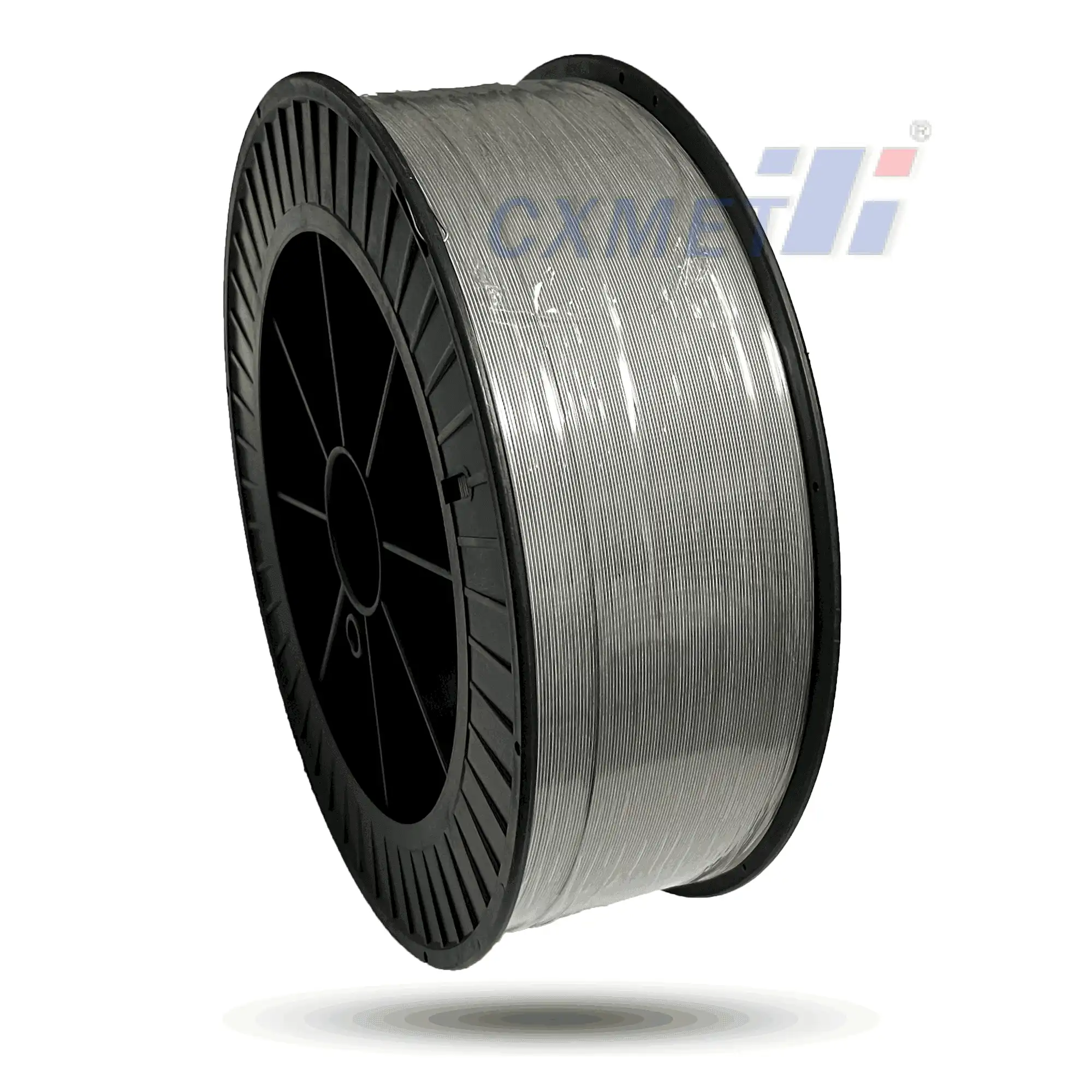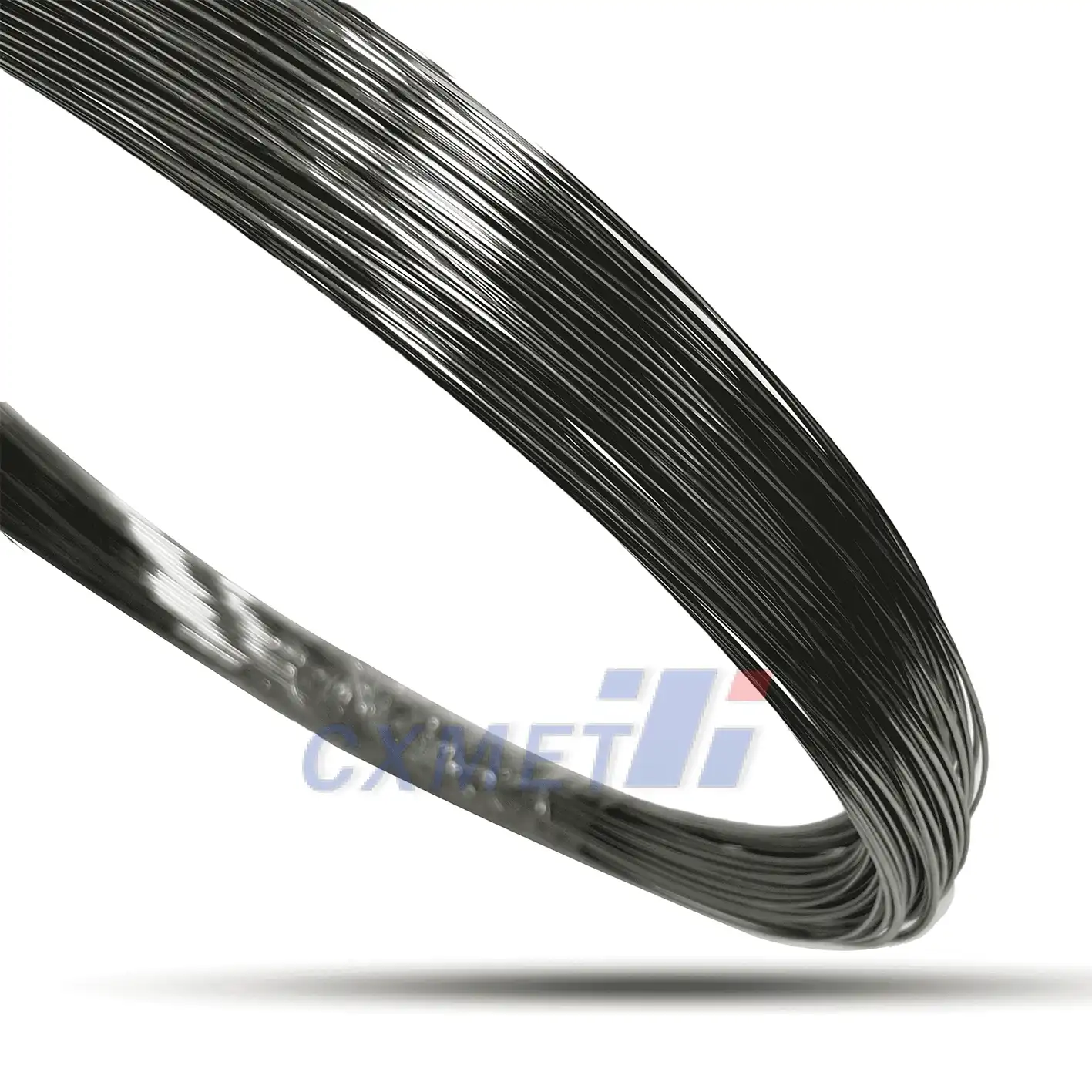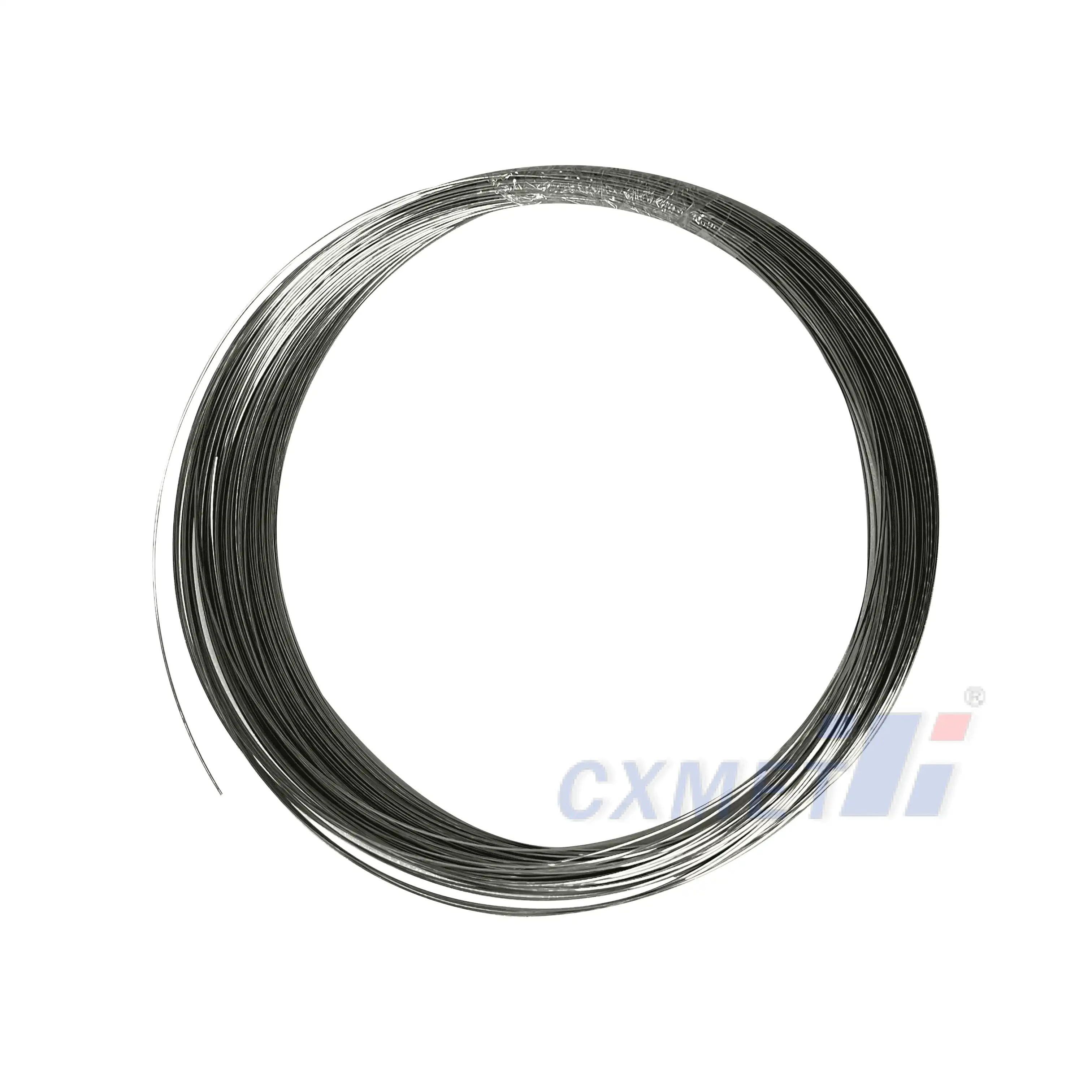- English
- French
- German
- Portuguese
- Spanish
- Russian
- Japanese
- Korean
- Arabic
- Greek
- German
- Turkish
- Italian
- Danish
- Romanian
- Indonesian
- Czech
- Afrikaans
- Swedish
- Polish
- Basque
- Catalan
- Esperanto
- Hindi
- Lao
- Albanian
- Amharic
- Armenian
- Azerbaijani
- Belarusian
- Bengali
- Bosnian
- Bulgarian
- Cebuano
- Chichewa
- Corsican
- Croatian
- Dutch
- Estonian
- Filipino
- Finnish
- Frisian
- Galician
- Georgian
- Gujarati
- Haitian
- Hausa
- Hawaiian
- Hebrew
- Hmong
- Hungarian
- Icelandic
- Igbo
- Javanese
- Kannada
- Kazakh
- Khmer
- Kurdish
- Kyrgyz
- Latin
- Latvian
- Lithuanian
- Luxembou..
- Macedonian
- Malagasy
- Malay
- Malayalam
- Maltese
- Maori
- Marathi
- Mongolian
- Burmese
- Nepali
- Norwegian
- Pashto
- Persian
- Punjabi
- Serbian
- Sesotho
- Sinhala
- Slovak
- Slovenian
- Somali
- Samoan
- Scots Gaelic
- Shona
- Sindhi
- Sundanese
- Swahili
- Tajik
- Tamil
- Telugu
- Thai
- Ukrainian
- Urdu
- Uzbek
- Vietnamese
- Welsh
- Xhosa
- Yiddish
- Yoruba
- Zulu
What is Gr16 Titanium Wire?
2025-02-12 10:22:14
Gr16 titanium wire is a high-quality, specialized form of titanium alloy wire. It belongs to the family of Grade 16 titanium alloys, known for their exceptional strength-to-weight ratio, corrosion resistance, and biocompatibility. This particular grade of titanium wire is widely used in various industries, including aerospace, medical, and industrial applications, due to its unique combination of properties that make it suitable for demanding environments and critical applications.

What are the properties of Gr16 titanium wire?
Gr16 titanium wire possesses a remarkable set of properties that make it highly desirable for numerous applications. First and foremost, it exhibits exceptional strength, with a tensile strength typically ranging from 860 to 1000 MPa (125 to 145 ksi). This high strength-to-weight ratio allows for the creation of lightweight yet robust components, which is particularly valuable in aerospace and automotive industries where weight reduction is crucial for improved fuel efficiency and performance.
Corrosion resistance is another standout feature of Gr16 titanium wire. It demonstrates excellent resistance to various corrosive environments, including saltwater, acids, and industrial chemicals. This property makes it an ideal choice for marine applications, chemical processing equipment, and other environments where exposure to corrosive substances is a concern.
The biocompatibility of Gr16 titanium wire is of particular interest in the medical field. Its non-toxic nature and ability to integrate with human tissue without causing adverse reactions make it an excellent material for medical implants, surgical instruments, and dental applications. The human body readily accepts titanium, reducing the risk of rejection or allergic reactions commonly associated with other metals.
Furthermore, Gr16 titanium wire exhibits good fatigue resistance, which is crucial for applications involving cyclic loading or repeated stress. This property ensures the longevity and reliability of components made from this material, especially in critical applications where failure could have severe consequences.
The wire also demonstrates excellent heat resistance, maintaining its strength and structural integrity at elevated temperatures. This characteristic makes it suitable for use in high-temperature environments, such as aerospace applications or industrial processes where thermal stability is essential.
Additionally, Gr16 titanium wire has a low modulus of elasticity compared to many other metals, which gives it a unique springiness and flexibility. This property is particularly useful in applications requiring energy absorption or where the material needs to return to its original shape after deformation.
The combination of these properties – high strength, low weight, corrosion resistance, biocompatibility, fatigue resistance, heat resistance, and flexibility – makes Gr16 titanium wire an exceptionally versatile material. Its ability to perform well in a wide range of demanding conditions has led to its adoption across various industries, from cutting-edge aerospace technologies to life-saving medical devices.
How is Gr16 titanium wire manufactured?
The manufacturing process of Gr16 titanium wire is a complex and carefully controlled procedure that ensures the final product meets the stringent quality standards required for its diverse applications. The process begins with the production of titanium sponge, which is then melted and alloyed with other elements to create the specific Grade 16 composition.
The first step in the manufacturing process is the extraction of titanium from its ores, primarily rutile and ilmenite. This is typically done through the Kroll process, which involves the reduction of titanium tetrachloride with magnesium. The resulting titanium sponge is then purified to remove any remaining magnesium and other impurities.
Once the pure titanium sponge is obtained, it is melted in a vacuum or inert atmosphere to prevent oxidation. During this melting process, alloying elements are added to achieve the specific composition of Grade 16 titanium. These alloying elements typically include small amounts of palladium, which enhances the alloy's corrosion resistance, particularly in reducing acid environments.
After the alloying process, the molten metal is cast into ingots. These ingots then undergo a series of thermomechanical processes to transform them into wire form. The first step in this transformation is usually hot working, where the ingot is heated and then shaped through processes such as forging or rolling. This helps to break down the cast structure and improve the material's overall properties.
Following hot working, the material undergoes cold working processes to further refine its structure and achieve the desired wire dimensions. This typically involves drawing the material through progressively smaller dies to reduce its diameter and increase its length. The cold working process not only shapes the wire but also contributes to its strength through work hardening.
Throughout the manufacturing process, careful attention is paid to temperature control. Titanium is highly reactive at elevated temperatures, so many of the shaping processes are carried out in controlled atmospheres or with protective coatings to prevent unwanted reactions with oxygen or nitrogen, which could compromise the material's properties.
Heat treatment is another crucial step in the production of Gr16 titanium wire. Various heat treatment processes, such as annealing or solution treating and aging, can be employed to optimize the wire's microstructure and mechanical properties. These heat treatments are carefully controlled to achieve the desired balance of strength, ductility, and other properties required for specific applications.
Quality control is an integral part of the manufacturing process. Throughout production, the wire undergoes rigorous testing and inspection to ensure it meets the required specifications. This may include checks for dimensional accuracy, surface quality, mechanical properties, and chemical composition. Non-destructive testing methods, such as eddy current testing or ultrasonic inspection, may also be employed to detect any internal defects or inconsistencies in the wire.
The final steps in the manufacturing process often involve cleaning and packaging the wire to protect it during transportation and storage. Special care is taken to prevent contamination or damage that could compromise the wire's performance in its intended application.
The manufacturing of Gr16 titanium wire is a testament to the advanced metallurgical and engineering capabilities required to produce high-performance materials. The careful control of each step in the process ensures that the final product possesses the unique combination of properties that make it so valuable across various industries.

What are the applications of Gr16 titanium wire?
Gr16 titanium wire finds applications across a diverse range of industries due to its exceptional properties. Its unique combination of strength, lightweight nature, corrosion resistance, and biocompatibility makes it an ideal material for numerous critical applications.
In the aerospace industry, Gr16 titanium wire is extensively used in the manufacture of aircraft components. Its high strength-to-weight ratio allows for the creation of lightweight yet durable parts, contributing to improved fuel efficiency and overall performance of aircraft. The wire is often used in the production of fasteners, springs, and other small but crucial components that must withstand the extreme conditions encountered during flight.
The medical field is another major area where Gr16 titanium wire sees significant use. Its biocompatibility and corrosion resistance make it an excellent choice for various medical implants and devices. The wire is commonly used in orthopedic applications, such as bone screws, pins, and plates. It's also utilized in dental implants and orthodontic devices, where its strength and ability to osseointegrate (bond with bone) are particularly valuable.
In the automotive industry, Gr16 titanium wire contributes to the development of high-performance and lightweight components. It's used in the production of valve springs, suspension components, and other parts where high strength and fatigue resistance are crucial. The corrosion resistance of the wire also makes it suitable for use in exhaust systems and other areas exposed to harsh environments.
The chemical processing industry benefits from the corrosion-resistant properties of Gr16 titanium wire. It's used in the construction of heat exchangers, pumps, and other equipment that must withstand exposure to aggressive chemicals and high temperatures. The wire's ability to resist corrosion in saltwater also makes it valuable in marine applications, such as offshore oil and gas extraction equipment.
In the field of energy production, Gr16 titanium wire finds applications in both traditional and renewable energy sectors. It's used in components for oil and gas extraction, as well as in geothermal energy systems. The wire's heat resistance and strength make it suitable for use in turbine components and other high-stress, high-temperature applications.
The sports and leisure industry also utilizes Gr16 titanium wire. It's employed in the manufacture of high-end bicycle components, golf club shafts, and other sporting equipment where low weight and high strength are desirable. The wire's springiness and fatigue resistance make it particularly useful in these applications.
In the field of scientific research and instrumentation, Gr16 titanium wire is used in the construction of specialized equipment and sensors. Its unique properties make it suitable for applications in extreme environments, such as deep-sea research or space exploration.
The jewelry industry has also found uses for Gr16 titanium wire. Its hypoallergenic nature, combined with its strength and aesthetic appeal, makes it an attractive material for body piercings and certain types of jewelry.
As technology advances, new applications for Gr16 titanium wire continue to emerge. Its use in additive manufacturing (3D printing) is growing, allowing for the creation of complex, custom-designed components with the unique properties of titanium. The wire is also being explored for use in next-generation batteries and energy storage systems, where its combination of lightness, strength, and corrosion resistance could prove advantageous.
The versatility of Gr16 titanium wire is a testament to its exceptional properties. From the heights of aerospace engineering to the depths of medical implants, this material continues to play a crucial role in advancing technology and improving our daily lives. As research into titanium alloys progresses, it's likely that even more applications for this remarkable material will be discovered, further cementing its importance in modern industry and technology.
At SHAANXI CXMET TECHNOLOGY CO., LTD, we take pride in our extensive product range, which caters to diverse customer needs. Our company is equipped with outstanding production and processing capabilities, ensuring the high quality and precision of our products. We are committed to innovation and continuously strive to develop new products, keeping us at the forefront of our industry. With leading technological development capabilities, we are able to adapt and evolve in a rapidly changing market. Furthermore, we offer customized solutions to meet the specific requirements of our clients. If you are interested in our products or wish to learn more about the intricate details of our offerings, please do not hesitate to contact us at sales@cxmet.com. Our team is always ready to assist you.

References
- ASTM International. (2021). Standard Specification for Titanium and Titanium Alloy Strip, Sheet, and Plate. ASTM B265-20e1.
- Lutjering, G., & Williams, J. C. (2007). Titanium (2nd ed.). Springer-Verlag Berlin Heidelberg.
- Rack, H. J., & Qazi, J. I. (2006). Titanium alloys for biomedical applications. Materials Science and Engineering: C, 26(8), 1269-1277.
- Peters, M., Kumpfert, J., Ward, C. H., & Leyens, C. (2003). Titanium alloys for aerospace applications. Advanced Engineering Materials, 5(6), 419-427.
- Donachie, M. J. (2000). Titanium: A Technical Guide (2nd ed.). ASM International.
- Froes, F. H. (Ed.). (2015). Titanium: Physical Metallurgy, Processing, and Applications. ASM International.
- Boyer, R. R. (1996). An overview on the use of titanium in the aerospace industry. Materials Science and Engineering: A, 213(1-2), 103-114.
- Niinomi, M. (2008). Mechanical biocompatibilities of titanium alloys for biomedical applications. Journal of the Mechanical Behavior of Biomedical Materials, 1(1), 30-42.
- Leyens, C., & Peters, M. (Eds.). (2003). Titanium and Titanium Alloys: Fundamentals and Applications. John Wiley & Sons.
- Veiga, C., Davim, J. P., & Loureiro, A. J. R. (2012). Properties and applications of titanium alloys: A brief review. Reviews on Advanced Materials Science, 32(2), 133-148.
YOU MAY LIKE